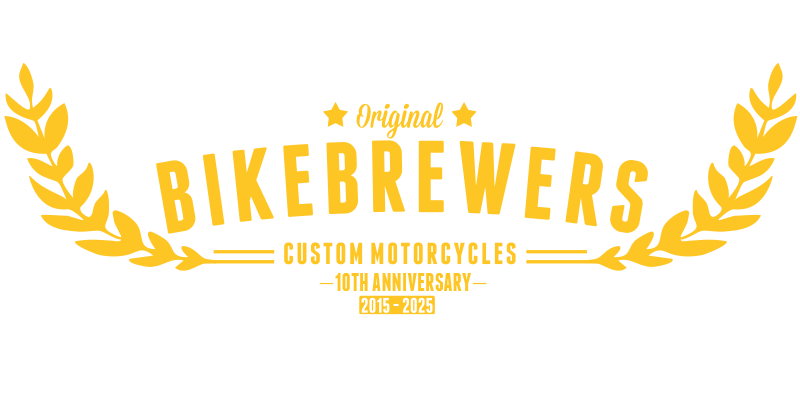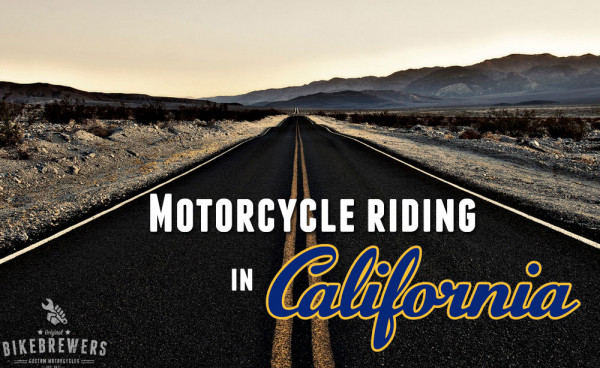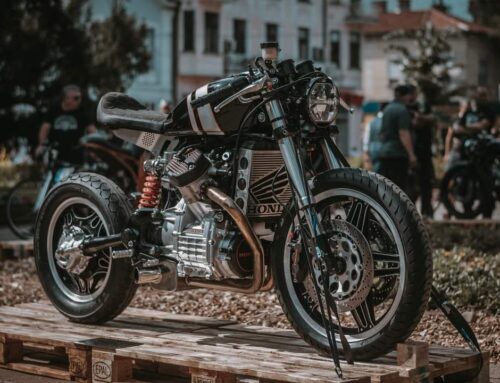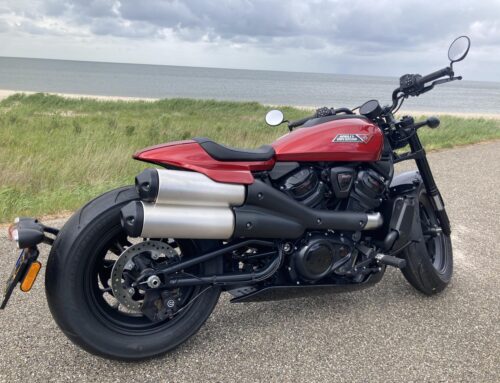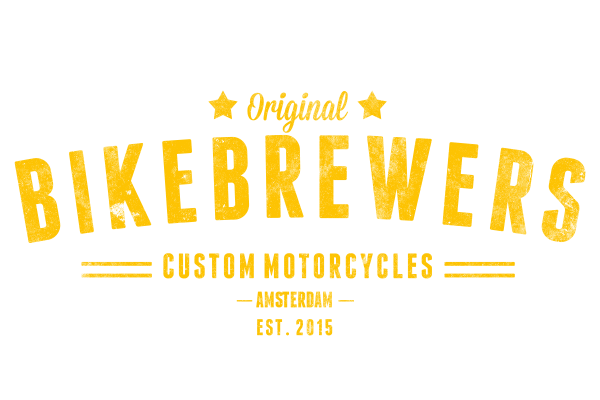Guest post by Trevor McDonald
California is a virtual playground. For those motorcycle riding in California, it offers such a variety of destinations that it can be hard to choose just one or even a few. Do you take the four-hour, 140-mile, twisty, roller coaster ride on Highway 36 from Red Bluff to Fortuna, California? It takes you across the Sierra Nevada mountains and California into high elevations, past ranch country, and through redwood forests. It has great views if you dare look, no guard rails, at one point no center line, and only a few gas stations and restaurants. Do you take the 79 mile Sonora Pass going east on Highway 108 to Highway 395? It is for experienced riders with steep, narrow roads and sudden drop-offs, but it offers views of snow-covered mountain peaks even in late summer, waterfalls, mountain meadows, a variety of trees, wild flowers, and wildlife. Below is a list of more California destinations with places to see along the way.
California State Route 1

Once you’re done with San Diego, head north to Huntington Beach, where you can bike, play volleyball, surf, or just hang out. Your next stop is Los Angeles. Visit the Santa Monica Pier and beach, Beverly Hills, Rodeo Drive, and Hollywood to see the Hollywood Walk of Fame and maybe a studio or two. You can also visit Disneyland, the J. Paul Getty Museum, the Griffin Park Observatory, Venice Beach, the Queen Mary on Long Beach, and the La Brea Tar Pits. Further north is Santa Barbara with its Spanish colonial-style architecture. You are now entering wine country, so take in a few wineries in the Santa Ynez Valley.
Taking a little detour off of Highway 1 will take you to Solvang, a quaint Danish village located in California. Back on Highway 1, stop at the beautiful, scenic Pismo Beach. Between November and February, you can view the migration of the monarch butterflies attracted to the cypress and eucalyptus trees. Your next stop could be the Hearst Castle at San Simeon, California. This was the opulent home of publisher William Randolph Hearst. You will now be entering Big Sur country, where you can see McWay Falls, giant redwoods, the large but endangered California condors, sea otters, and whales. You are nearing the end of your trip, so stop and explore Monterey and Carmel. You can also explore the boardwalk and the boho-chic downtown of Santa Cruz, or just do some more surfing. You can take Highway 35 out of Santa Cruz and run up to San Jose.
In San Jose, you can visit the intriguing Winchester House. Now you are ready to head to San Francisco, just take Highway 101. You can take a ride on a cable car and visit the Golden Gate Bridge, Fisherman’s Wharf, Lombard Street, Alcatraz Island, Chinatown, Muir Woods, and Sausalito. Just remember that San Francisco will be cooler than southern California.
Yosemite National Park

Two recommendations for those motorcycle riding in California, check out the Groveland area on Highway 120. It is biker friendly. If you would like to visit the Cherry Lake area or the campground there, take Highway 108 to Tuolumne City. Then take Buchanan Road east out of Tuolumne City. Turn east on Cottonwood Road/National Forest Road 1N04. After you have visited Cherry Lake, take Cherry Lake Road west/southwest. About halfway to Colfax, exit east to the Hetch Hetchy entrance to Yosemite. The route twists and turns for miles through the forest and up and down rivers and streams. This route is used by logging trucks and is not always in the best repair. One final note, directions to and within the park on GPS devices are not always accurate.
Death Valley National Park
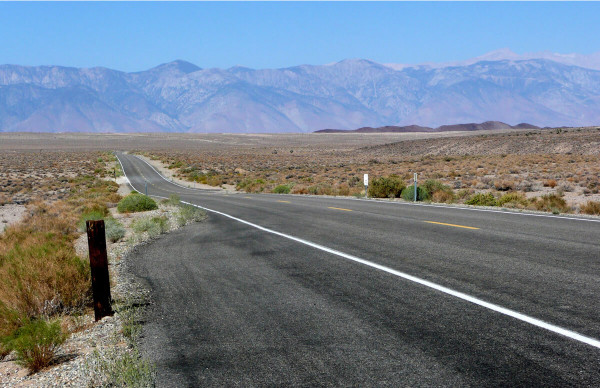
A temporary lake can form in Badwater Basin after heavy rains. There is an ADA boardwalk available, but do not explore this area in hot weather. Artist’s Drive is a 9 mile (14 kilometer) one-way road through sedimentary and multi-hued volcanic hills. It is most photographic in late afternoon. To drive this road you need a vehicle less than 25 feet long. It is usually sunny, clear, and dry year-round. There can be occasional winter storms from October through April with a chance of spring wildflowers. In the winter, you need light to medium jackets and warm clothes. In the spring, you can wear lighter clothes and shorts. With temperatures over 120° F during the day, and lows in the 90s at night in the summer, you should restrict outside activities to the mountain areas. In the summer, use a car with air conditioning when crossing Death Valley. Year round, always have plenty of water, and keep hydrated.
Lake Tahoe

Big Bear Lake
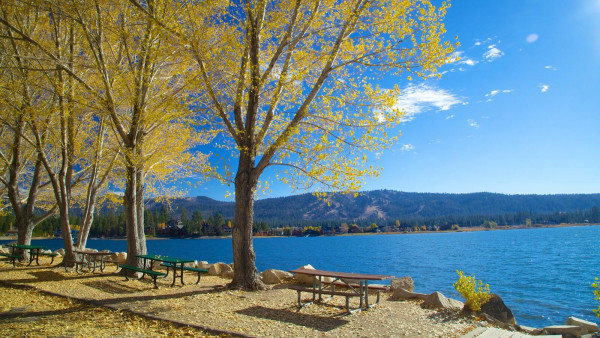
Hope you enjoy this variety of California destinations, and maybe you will have time to explore more than one destination.
